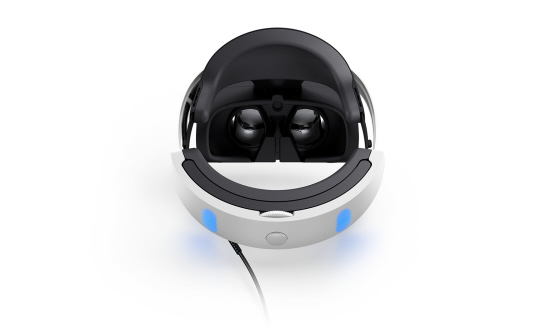Indeed. Unless a metric is provided by an independent evaluation, or according to an industry or consumer standard, it can't be guaranteed to be comparative. I don't think there are any standards for how FOV is measured and communicated, meaning companies are free to give their own data. That might mean presenting some best case scenarios or not-quite-what-you'd-expect-them-to-men interpretations of what they are measuring for marketing reasons.
For me. PSVR was no good for VR for 2 significant reasons - lack of physical compatibility with my face, and low resolution. Improvements to eliminate those restrictions are the priority. I do vaguely recall a sort of 'boxed in' feeling but it wasn't particularly noticeable or off-putting, certainly in light of the other restrictions. A slightly constrictive FOV won't be a major hurdle to adoption or appreciation.
Indicidentally thinking about it, I wonder if some low res panels around the interior to fill in the outer FOV would be the best solution? Even looking around naturally, it's rare to look extreme left or right so full resolution isn't necessary to achieve a better sense of immersion by eliminating the boxed-in feeling.
For me. PSVR was no good for VR for 2 significant reasons - lack of physical compatibility with my face, and low resolution. Improvements to eliminate those restrictions are the priority. I do vaguely recall a sort of 'boxed in' feeling but it wasn't particularly noticeable or off-putting, certainly in light of the other restrictions. A slightly constrictive FOV won't be a major hurdle to adoption or appreciation.
Indicidentally thinking about it, I wonder if some low res panels around the interior to fill in the outer FOV would be the best solution? Even looking around naturally, it's rare to look extreme left or right so full resolution isn't necessary to achieve a better sense of immersion by eliminating the boxed-in feeling.


